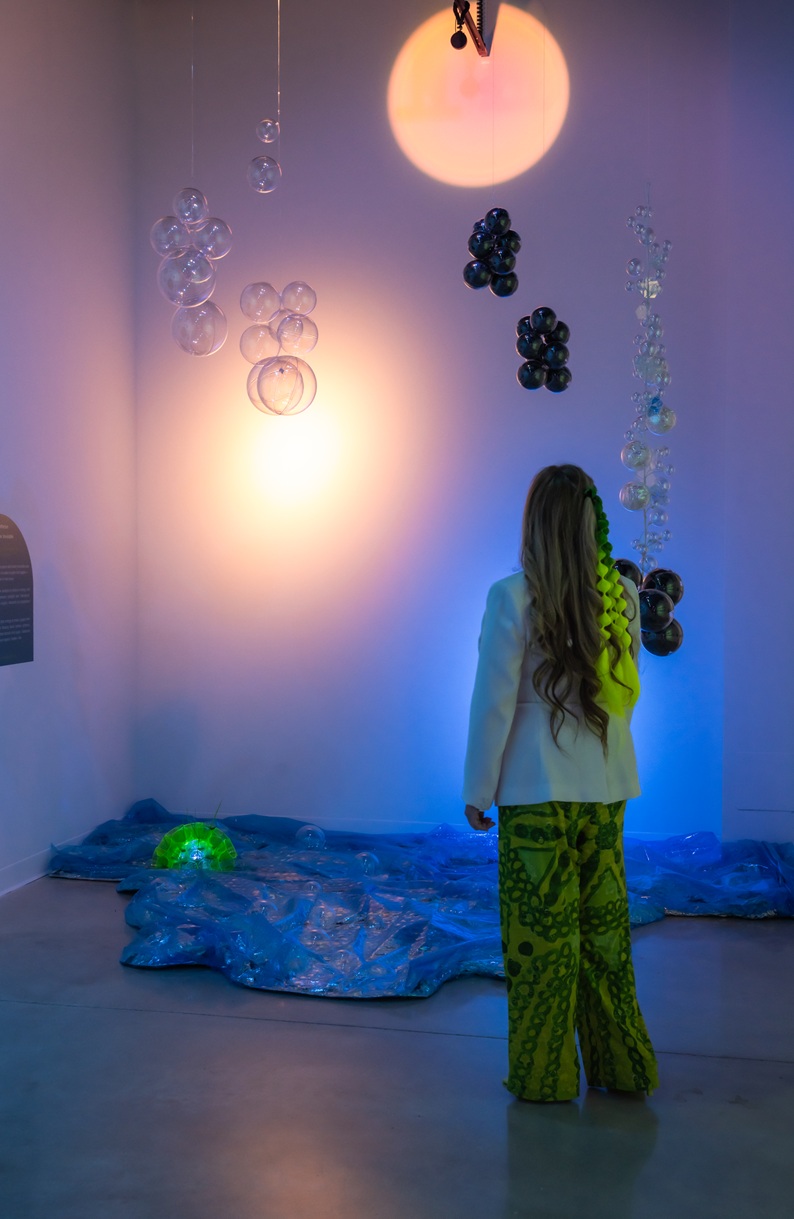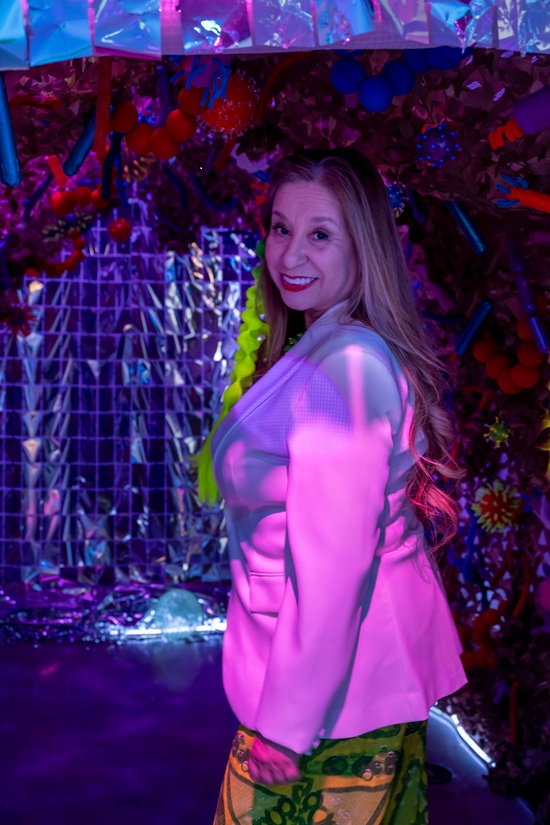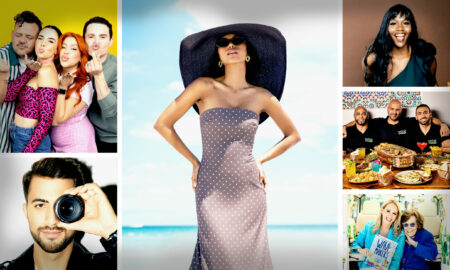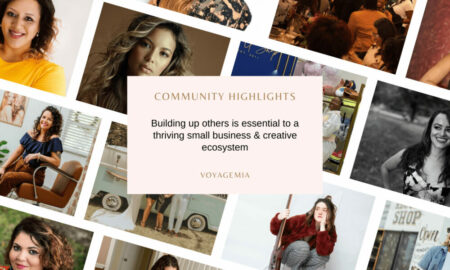

We recently had the chance to connect with Dr. Sara Schesser Bartra and have shared our conversation below.
Hi Sara, thank you so much for taking time out of your busy day to share your story, experiences and insights with our readers. Let’s jump right in with an interesting one: Who are you learning from right now?
At this moment, I find myself learning from diferent sources rather than a single mentor. I learn from my surroundings — from the quiet intelligence of nature, from scientific observation, and from the subtle patterns that exist in both living systems and human behavior.
I’m also constantly learning from other artists and curators. Not only through dialogue, but through their ways of seeing — how they construct meaning, curate experiences, and challenge conventional narratives. Their work becomes a form of conversation, even when words aren’t exchanged.
And, as always, I return to books and research. I read across disciplines — art theory, philosophy, microbiology, ecology — because I believe ideas grow stronger when they intersect. These readings don’t give me answers; they give me better questions.
So, I would say I’m learning from an ecosystem of knowledge — one that includes people, art, science, literature, and the natural world. They all inform my thinking and ultimately shape the way I create.
Can you briefly introduce yourself and share what makes you or your brand unique?
Yes — I’m Sara Celinda Schesser Bartra, a visual artist based in South Florida and a former molecular biologist. My work exists at the intersection of art and science, where I explore the invisible microbial worlds that quietly sustain life.
My most recent exhibition, Hidden Worlds at The Frank C. Ortis Art Gallery, transformed microscopic life into large-scale, immersive environments. What distinguishes my practice is the balance between scientific accuracy and artistic and poetic interpretation. I don’t simply illustrate biology — I translate it into narratives that strive to instigate curiosity and invite viewers to recognize themselves as part of a larger, interconnected living system.
Beyond the exhibition space, I’m deeply committed to STEAM education and public engagement. I design art–science workshops and interactive programs for children and families, fostering curiosity at the intersection of imagination and knowledge.
My work, and the brand I continue to build, is rooted in the belief that wonder and understanding are not opposites — they are partners. Even the smallest organism can evoke awe, empathy, and an expanded sense of environmental responsibility. I recently joined Studio 18 in Pembroke Pines as an artist in residence. I am looking forward to start working on my next project about nature and pollinators.
Okay, so here’s a deep one: What’s a moment that really shaped how you see the world?
It’s not just one moment that shaped how I see the world, but a compilation of experiences. My upbringing and the integrity of my parents gave me a strong moral foundation. My early education in a Catholic school, followed by a scholarship to study in the former Soviet Union and later emigrating to Sweden, exposed me to very different cultural and ideological worlds. Those contrasts taught me to value diversity, resilience, and open-mindedness. Later, my education in science and my deep passion for the natural world and the arts helped me see the interconnectedness of all living things — and inspired the way I approach both life and creativity today.
Was there ever a time you almost gave up?
Yes—there were a few moments when I almost did. One of the hardest was during my studies in the former Soviet Union. Life there was very challenging: I was very young, far from home, and communication with my family was almost impossible. Letters took months to arrive, and the cultural differences felt immense. There were times when all of that weighed heavily on me. But I kept reminding myself why I was there—to learn, to grow, and to achieve an education that would open doors for my future. Holding onto that purpose gave me the strength to continue, even when everything around me felt unfamiliar.
Alright, so if you are open to it, let’s explore some philosophical questions that touch on your values and worldview. Is the public version of you the real you?
The public version of me is real — it reflects who I genuinely am: curious, creative, and deeply committed to connecting science and art. But like anyone, I adapt depending on the space I’m in.
When I was working as a scientist, I could remain more private. My work was in the lab, in data, in quiet discoveries that didn’t require me to show myself. Becoming an artist changed that. Now, I have to inhabit a public image almost constantly — exhibitions, talks, social media, interviews. It made me much more visible. But visibility doesn’t mean inauthenticity.
What people see in my public work — my fascination with invisible worlds, my respect for nature, and my love of discovery — those are not performances, they’re extensions of my inner life. My public self doesn’t hide who I am; it translates it. My art is simply another language I use to communicate what I feel, think, and explore.
So yes — the public version of me is real. It’s me, just expressed through colors, textures, light, and conversation rather than microscopes, data, and lab reports. The core remains the same.
Thank you so much for all of your openness so far. Maybe we can close with a future oriented question. If you knew you had 10 years left, what would you stop doing immediately?
That is such a powerful question. If I knew I had only ten years left, the first thing I would stop doing is delaying things out of perfectionism or fear of not doing them ‘right.’ I would stop saying yes to things that don’t align with my purpose just to be polite or practical. I would stop doubting the value of my voice or my work.
Instead, I’d focus all my energy on creating, sharing, and building meaningful connections—especially through art, science, and community. I’d spend more time collaborating, teaching, sparking curiosity in others, and less time worrying about how things will be received. I think what I’d really be doing is living with more intentionality, more courage, and more generosity. And I try to remind myself to live like that now, without waiting for a countdown to begin.
Contact Info:
- Website: https://www.lvlyartbysara.com/
- Instagram: https://www.instagram.com/schesserbartrasara/
- Linkedin: https://www.linkedin.com/in/sara-scheeser-bartra-phd-6511b119/
- Facebook: https://www.facebook.com/sara.bartra/






Image Credits
Images Provided by The Frank C. Ortis Gallery












